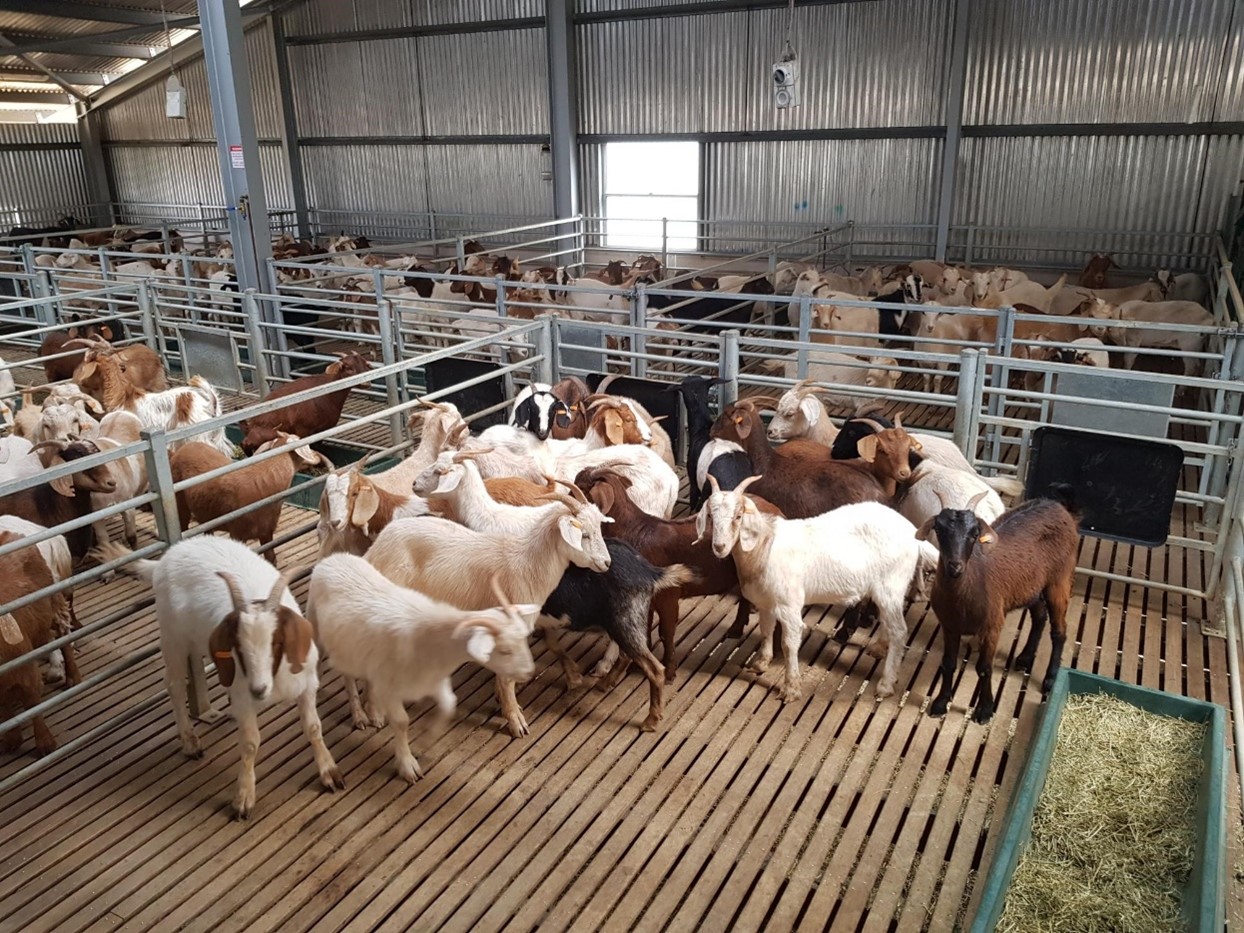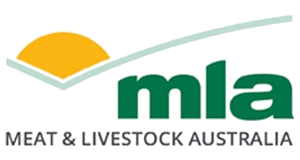New drench usage guidelines for goats
10 March 2022
Key points:
- New research has reinforced the importance of undertaking on-farm drench resistance testing
- Correct dose rates for six off-label drenches have now been established to ensure drench resistance is not encouraged and efficacy is maintained
- Withholding periods for meat and milk goat products have also been established.

Goats at the University of New England during the research project.
New research has reinforced the need for Australian goat producers to undertake drench resistance testing to ensure internal parasite control using off-label drenches remains sustainable.
Internal parasites are a major problem for goat producers with few effective and registered drenching (anthelmintics) products for use in goats available. Consequently, the use of off-label drenches prescribed by veterinarians is often required for worm control treatment in goats.
The project, ‘Sustainable internal parasite control in goats: Effective and safe anthelmintic use’, funded by MLA and led by Dr Emma Doyle from the University of New England, tested seven sheep and cattle drenches and their effectiveness for goats.
Dose rates confirmed
The two-year project has now established the correct dose rates for six off-label products to discourage drench resistance and ensure the efficacy of drench use is maintained. Withholding periods for meat and milk goat products have also been determined as a result of the research.
Emma said of the seven drenches tested, moxidectin pour-on – known commercially as cydectin pour-on – was shown to be ineffective for goats.
“The product has been designed for cattle and there are some issues with the absorption of that particular pour-on,” Emma said.
Consult with your vet
Emma said with correct dose rates for six off-label drenches now established, it was vital for goat producers to seek updated dosage advice from their veterinarians.
“Using the correct dose is important for two key reasons. If you’re over-guessing a dose, you’re wasting your money, and if you’re underestimating, you’re encouraging drench resistance and creating a problem for your livestock and the livestock industry as a whole,” Emma said.
“It’s a lose-lose from a production point of view if you don’t know the correct dose rate.
“Whatever product you use, whether it is off-label or not, you need to know how effective that active is on your property, so a drench resistance test is a worthwhile investment to make.
“You can’t know if a product is working unless you do a drench resistance test. Indeed, you’re actually encouraging drench resistance if you’re putting down a chemical that doesn’t work on your property.
“The project tested the two newest available actives developed for the sheep industry. They’re very effective but we encourage producers not to exploit them, but rather view them as a back-up option if they’ve developed resistance to the older actives.”
Project findings and recommendations from the project will now be disseminated by ParaBoss directly to veterinarians who service goat producers, with the Goat Worm Control Veterinary Manual to be updated with latest off-label dosage advice.
Dr Emma Doyle will be discussing the results of the project at a free Goat Production Field Day on Friday, 18 March, hosted by Craig and Jo Stewart, ‘Buena Vista’, Collie NSW and sponsored by MLA. Registration for the field day is essential. Register by contacting Craig on 0427 463 620, Jo on 0427 210 116 or email contact@thegourmetgoatlady.com.au.


